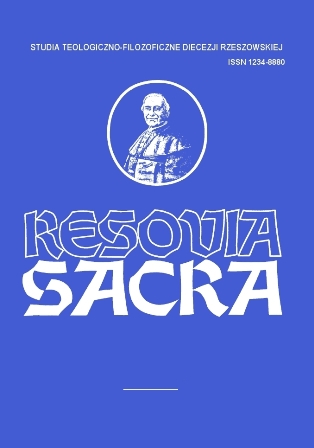
We kindly inform you that, as long as the subject affiliation of our 300.000+ articles is in progress, you might get unsufficient or no results on your third level or second level search. In this case, please broaden your search criteria.

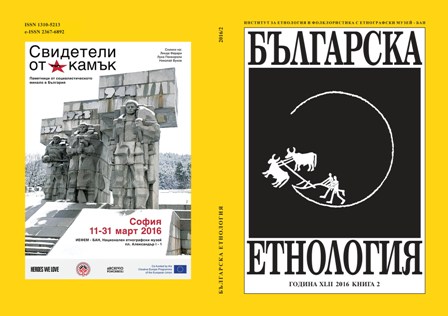
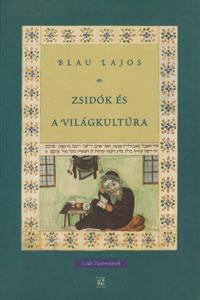
Lajos Blau (April 29, 1861–1936; German: Ludwig Blau) was a Hungarian scholar and publicist born at Putnok, Hungary, and educated at three different yeshibot, among them that of Presburg, and at the Landesrabbinerschule in Budapest (1880-88). He studied philosophy and Orientalia at the Budapest University, received there the degree of Ph.D. cum laude in 1887, and the rabbinical diploma in 1888. In 1887 Blau became teacher of the Talmud at the Landesrabbinerschule, in 1888 substitute, and in 1889 professor of the Bible, the Hebrew and Aramaic languages, and the Talmud. Beginning in 1899 he was also librarian and tutor in Jewish history. He was in 1902 president of the folklore section of the Jewish-Hungarian Literary Society, and editor of the Magyar Zsidó Szemle (Hungarian Jewish Review). He died in 1936.
More...
The Hungarian cultural anthropologist Richard Papp highlights the complexity of the question – does the Jewish Renaissance exist. He takes as example the Jewish Community Bethlen Square in Budapest and introduces the reader to the Jewish life in the Betlen Square Jewish community as well as to the Hungarian Jewish culture.
More...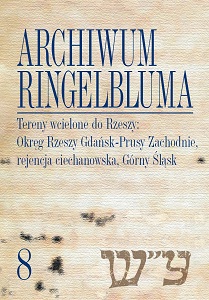
The volume pertains to the fate of the Jews in the areas of Poland incorporated into the Reich: the Danzig-West Prussia Reich District, Regierungsbezirk Zichenau (Ciechanów Governorate) and the Province of Upper Silesia. It consists mainly of the testimonies of refugees who had been forced to abandon their homes and of the persons involved in relocating Jews to the General Government. The majority of documents concerns the period from the first days of the war until February and March 1941. They illustrate mainly everyday life but also include reminiscences from before the war, sketches from the history of the given towns, or accounts of the war preparations.
More...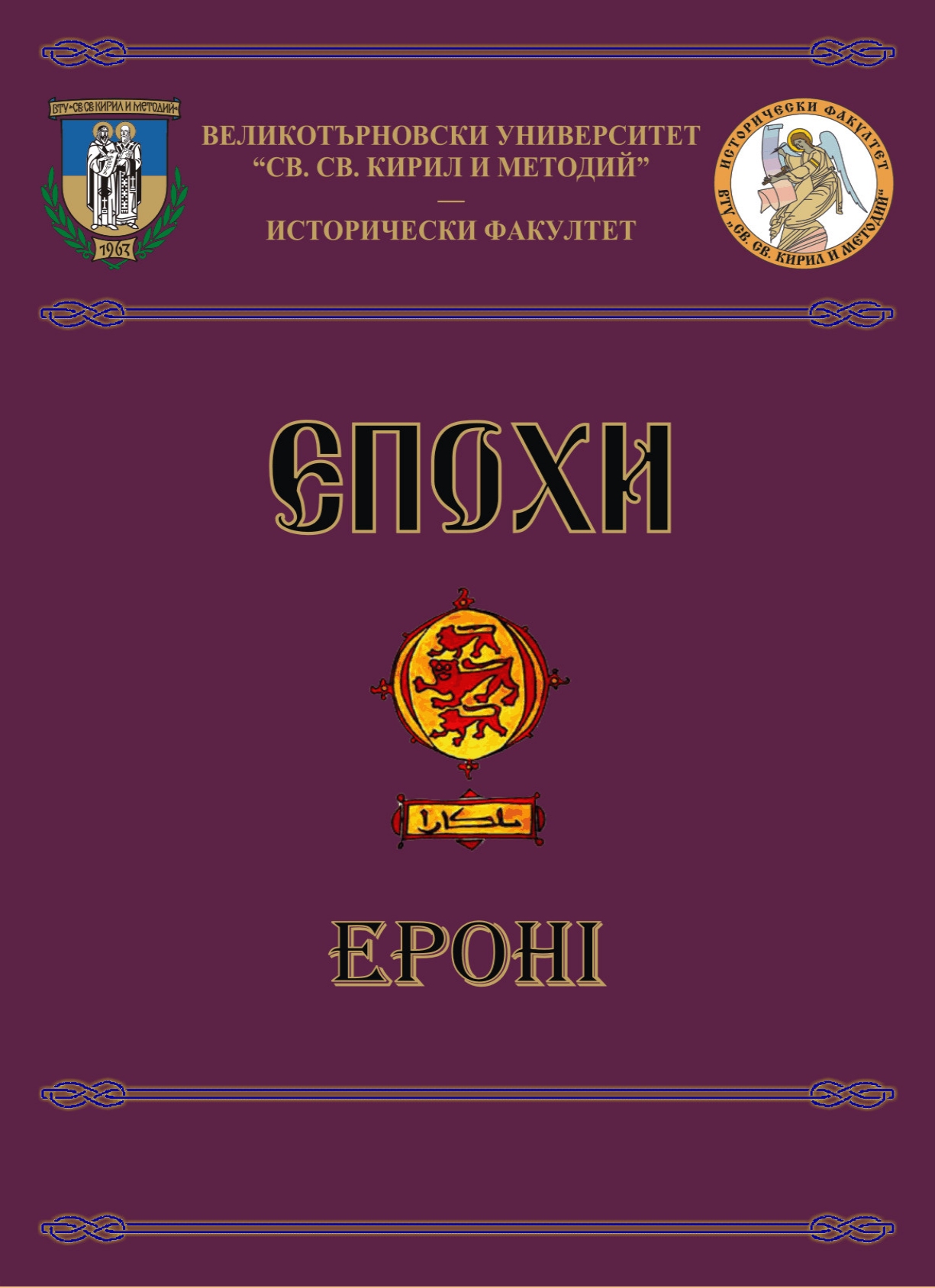
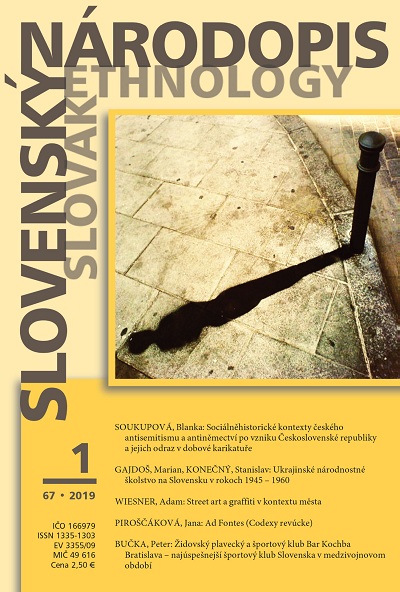
In this article, the author deals with the foundation, development, results and reasons of disappearance of the most successful sports club in the interwar era; the Jewish swimming and sports club Bar Kochba Bratislava. After the birth of Czechoslovakia, sports in Slovakia could develop on a national basis. Large national minorities had the same possibilities. To eliminate the risk of misusing sports for political purposes, sport representatives decided to organise it on the ethnic principle instead of the re- gional one. Thanks to this a wide variety of national sports organisations were esta- blished, including some Jewish ones. Even though Jews constituted only 2.01% of the population in the interwar period in today’s territory of Slovakia (Bergerová, 1992: 108), they succeeded not only in sports but in other areas of social life as well.
More...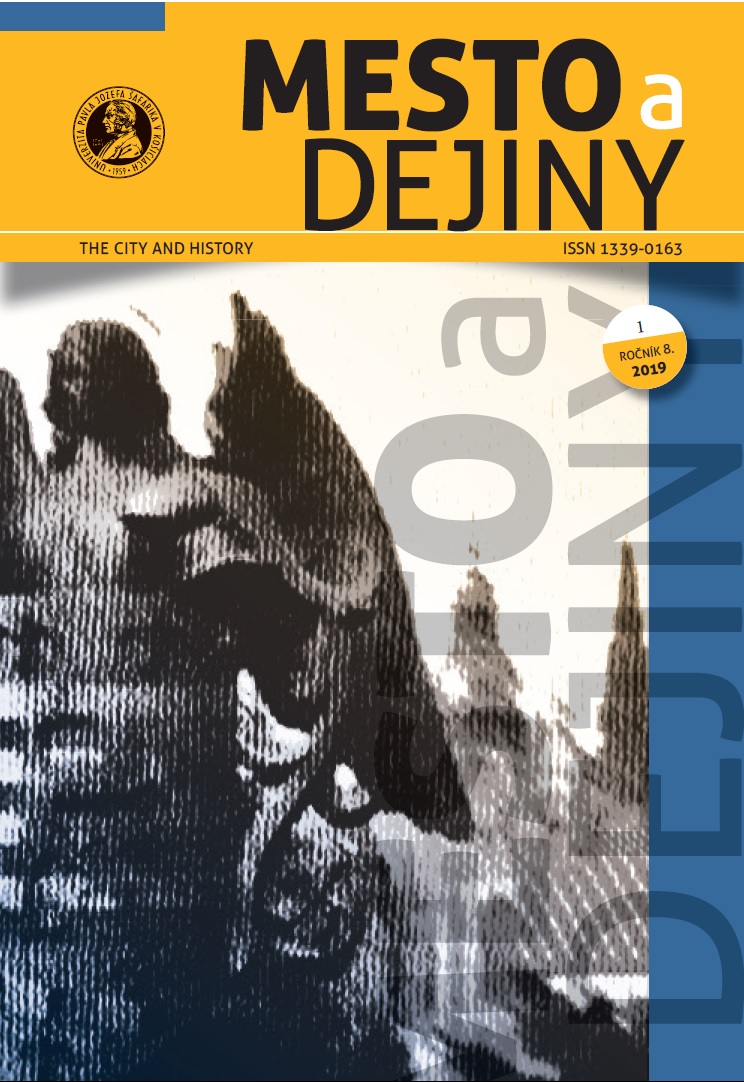
The extension of totalitarian and authoritarian regimes in the first half of the twentieth century, which hit most European states, required political interferences within the highest legislative and executive authorities of states as well as in local administrations and bodies of self-government. Legislative interventions resulted in the formation of new local political elites whose representatives, mostly recruited by the criterion of political reliability, held the defining positions and played the significant role in implementing anti-Jewish policy during the Holocaust era. The main aim of this contribution is the analysis of the mechanisms of legislative interventions into the creation of new local political elites in selected examples of Nazi-occupied countries (General Government, Protectorate of Bohemia and Moravia) and allied regimes (Slovak State and Hungary).
More...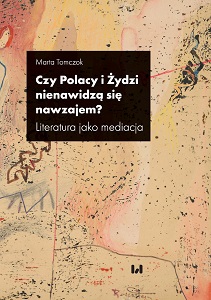
In Polish literature, the story of Jews, their culture and its influence on the Polish society has been in circulation for over three hundred years. Since the 1940s, the Holocaust has delineated the story, testing linguistic efficiency and imagination, as well as forming a permanent reference point in the collective consciousness and one of the most important issues of Polish culture. It can be couched in the question, “How should we build relations with Jews?” Literature has been posing it in a virtually unchanged form for a century, failing to notice the long absence of the important addressee and interlocutor: Jews. The question about Polish relations with Jews, which has an extremely strong impact on writers, requires clarification. Firstly, it is not addressed only to Jewish recipients, but above all to Poles. Secondly, it is symbolic, not actual, and results from the overwhelming need to take over the dominant narrative of mutual relations and “set it up” in such a way that it would no longer be a stain on our history, but would allow us to purge ourselves of it, explain it or even write it anew. From the chapter, “What Unites Us?”
More...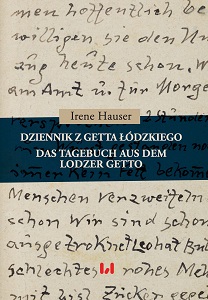
Ten o’clock, still no bread. We’ve been waiting since seven. Terrible hunger. I feel sick to my stomach and totally weak. I’m unable to make two bunks any more, my legs refuse to carry me. It’s a miracle I can still move my hand to write. I’ve taken valerian without sugar and lain down. Bubi is licking sour salt out of sheer hunger. It’s eleven o'clock now and he still hasn’t come back with the bread. We’re shaking all over. He has got a ration stamp for bread and nobody will lend us anything. Two more days like this and we won’t be among the living. Irene Hauser, A Journal
More...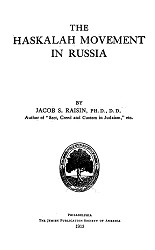
published in Philadelphia, 1913, by The Jewish Publication Society of America
More...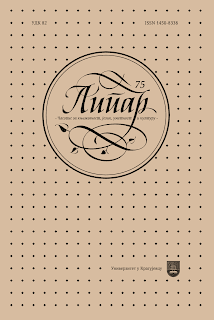
The goal of this paper is to investigate the memory of the Holocaust, i.e. the reception and representation of the suffering of the Jewish population during the rule of the Third Reich (under Nazi rule and occupation) in the capitals of the states constituted after the Second World War - in East Berlin, GDR, and Belgrade, SFRY, during the period from 1945 to 1989/1991. Relying on the achievements of memory studies and analyzing the political moods of that time and the ways of constructing official narratives about Jewish suffering in selected post-war Communist countries, the similarities and differences in the policy of representing Jewish suffering in these two countries and the memory of Jewish victims in places of remembrance and in the practices of remembrance in their capitals will be pointed out.
More...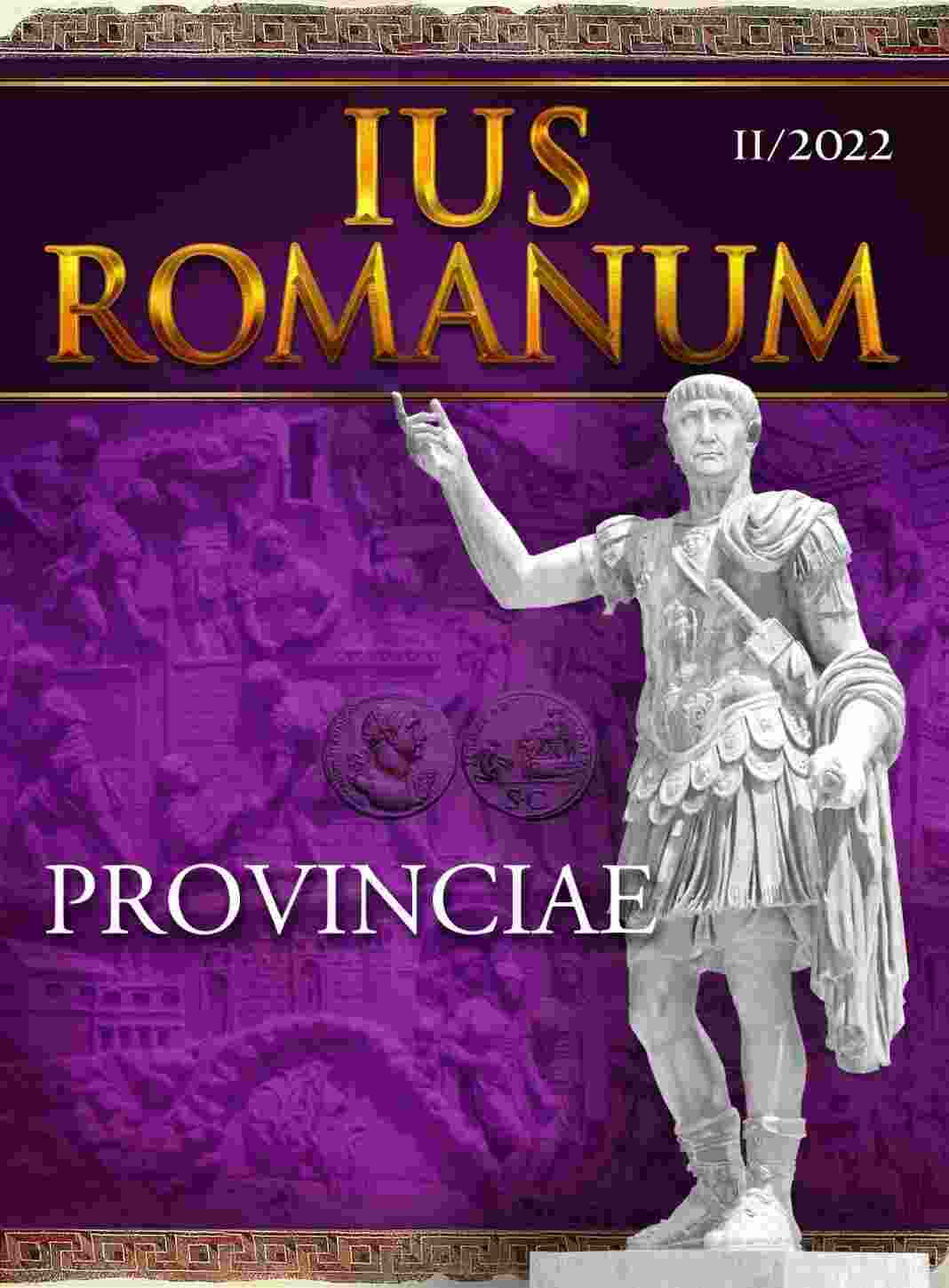
The paper considers the specific problem of the land property outside Italy in the Roman provinces during the period of the late Roman Republic and the early Principate. The author studies how the Roman government faced the new problems that the conquest created and what Rome actually did when first met the Hellenistic concepts of the land property in the conquered territories and how they were applied or modified according to the traditional Roman law principles and regulations. It is emphasized that the need to organize the territory and to define the property of the people who lived on that territory or the rights which they had to the land for a very first time occurred in Sicily which the Romans organized as the first Roman provincia. The article examines the organization of Sicily according to Lex Hieronica, it considers the exemptions and immunities of some cities from the general legal regime of the province, and studies the collection of public revenues and the payments for the taxes for the exploitation of the land – vectigal et vectigalia publica. Key notions and terms like possessio, dominium, mancipatio, vectigal, vectigalia, tributum, stipendium are cleared and special attention is paid to the correct use of the Latin legal terminology. Some of the most important fragments from the Institutes of Gaius about the provincial property are examined and is made a carefully study of his language and the legal aspects of his consideration of the rights that the individuals had over the provincial lands. The research presents in details the organization of other provinces in the late Roman Republic and the early Principate and deals with the richest Roman province – Asia, which brings huge revenues to the Roman budget. Central part of the study is dedicated to the legal regime of the provincial land and the author considers the main opinions on this topic in the recent Roman legal doctrine and translates and analyzes the relevant classical Latin texts in the sources and provides an important bibliography on the problem, he tries also to define the Roman concept for „provincial property“ which for sure was not identical with the dominium ex iure Quiritium in Italy.
More...
In the Roman provinces of Moesia Inferior and Thrace, created at the beginning of the 1st century AD, there is a mutual penetration of the traditions of government, culture and religions of the Thracians, Greeks and Romans. This creates a specific basis for the development of legislation and the legal framework of a number of institutions specific to this region, especially in the province of Lower Moesia, which was not urbanized before the arrival of the Romans. Despite the few sources of data for this period, historical science in Bulgaria as well as other research for the region has had significant successes in reconstructing the political, economic and social situation in this Roman province. However, less attention is paid to provincial law, which poses a challenge for Bulgarian Romanists.
More...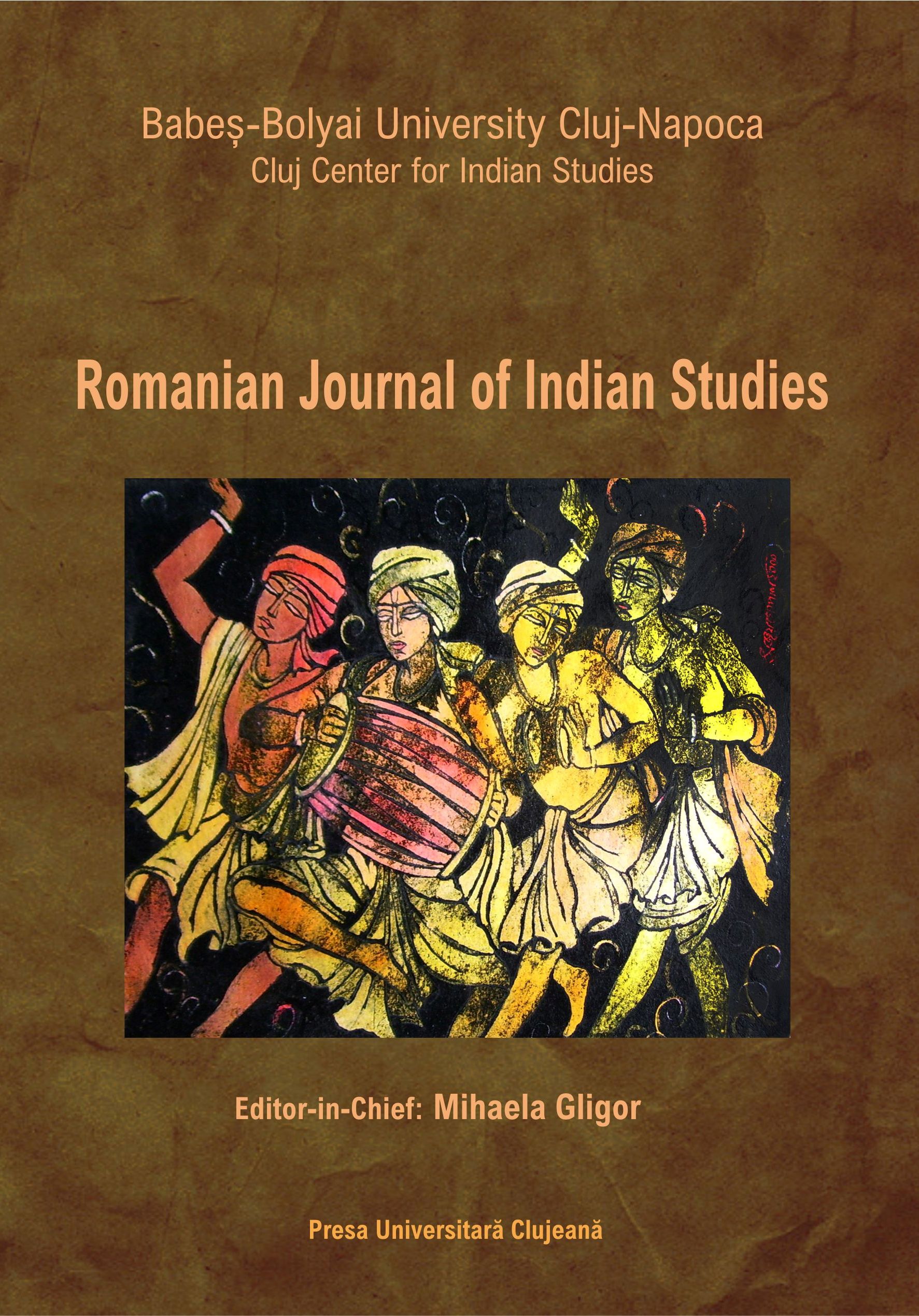
Review of: Cătălina-Ioana Pavel, Acolo unde se naște musonul. Un an în regatul zeului Parasurama, Cluj-Napoca: Editura Casa Cărții de Știință, 2023
More...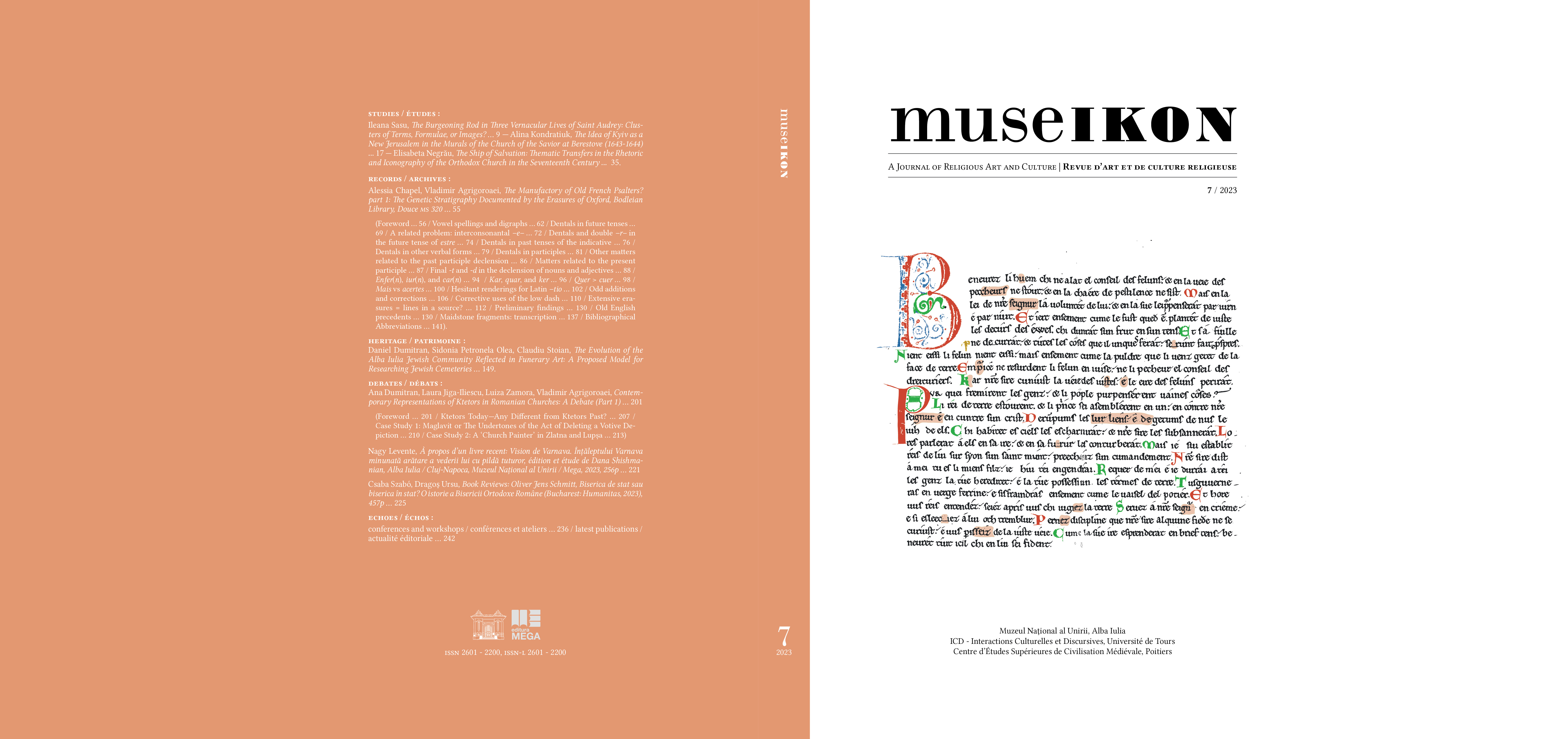
Cimitirele evreiești sunt o prețioasă sursă de informație despre evoluția comunităților cărora acestea le-au aparținut, despre orientarea lor rituală, raportată la curentele iudaismului tradițional ori ale celui modern, și despre interferențele dintre evrei și creștini, mai ales atunci când investigația vizează arta funerară și structura epitafurilor. Exemplul cimitirului evreiesc din Alba Iulia se încadrează în cea de-a doua categorie, fiind vorba despre o comunitate cu o tradiție remarcabilă, fapt ce a și influențat adeziunea ei la orientarea ortodoxă, dar care a receptat în timp influențe de tip reformator, care au determinat atitudini mult mai deschise față de noile idei. Tocmai de aceea, perspectiva istorică din prima parte a studiului, care se bazează pe cele mai importante surse documentare identificate (planuri ale cimitirului și un registru vechi al înmormântărilor redactat în mai multe etape de comunitate), include exemplificări ale tendințelor de evoluție a comunității și de modificare a structurii epitafurilor ori a tipului monumentelor funerare de la sfârșitul secolului al XIX-lea. În schimb, analiza epigrafică și cea artistică, stilistică și tipologică din celelalte două părți ale articolului, pentru a fi convingătoare, sunt mai strict circumscrise, făcând referire la o selecție a pietrelor funerare datând din secolul al XVIII-lea și din prima jumătate a secolului al XIX-lea. Diferența tipologică și stilistică între cele din secolul al XVIII-lea, pentru care pot fi sesizate similarități cu pietre tombale din alte cimitire europene inventariate, și cel puțin unele dintre cele secolul al XIX-lea este evidentă. Forme baroce clare caracterizează unele dintre monumentele edificate spre mijlocul secolului al XIX-lea, iar cele neogotice pe cele de mai târziu, de la sfârșitul aceluiași secol, ceea ce probează serioase întârzieri în receptarea lor. Conținutul inscripțiilor s-a modificat și el în cea de-a doua perioadă, reflectând o mai mare sensibilitate în cazul epitafurilor dedicate defuncților copii, acestea fiind susținute și de delicatețea simbolurilor care însoțesc textul. Obiectivul articolului a fost cel de a evidenția, prin intermediul analizelor epigrafice și stilistice, măsura în care orientarea rituală a comunității a fost cea ortodoxă. Răspunsul la această întrebare este afirmativ, dacă avem în vedere perioada istorică de circa două secole și jumătate scursă de la constituirea comunității și până spre finele secolului al XIX-lea. Dar în ultimele decenii ale acestui secol au început să apară elemente care anunțau o diversificare a orientărilor, probată de profilul monumentelor funerare amplasate în această perioadă în sectorul istoric al cimitirului și al celor din celelalte sectoare ale sale.
More...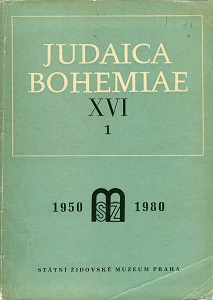
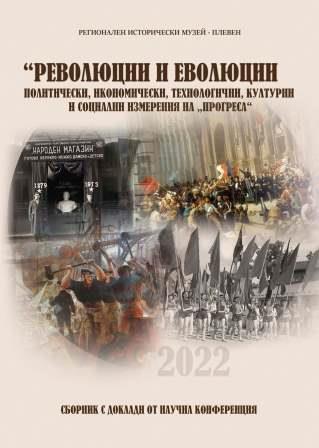
As the leader of the World Zionist Organization, Chaim Weizmann laid foundations for a future Jewish state in a calm manner. Believing that the future of the whole Zionist enterprise lies in the hand of Great Britain, Weizmann became friend and common guest to many highlevel politicians in London. Using these connections during WWI and 1920’s, he gradually gained quite a few concessions for the Jewish community in Palestine. With the WWII approaching however, his policy crumbled. New ways were needed in order for the Zionist dream to become a reality. This is what David Ben-Gurion offered, first as head of the Jewish Agency for Palestine, and then imposing his views on the whole WZO. This paper deals with the different characters and beliefs of Gurion and Weizmann.
More...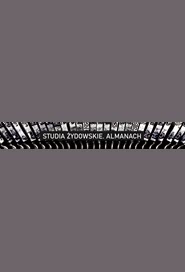
Artykuł dotyczy pozostałości po obecności ludności żydowskiej na Środkowym Nadodrzu. Autorka krótko opisuje polsko-niemiecką współpracę w akcie ratowania dziedzictwa kulturowego na badanym terenie oraz działalność organizacji społecznych i szkół uczestniczących w tym przedsięwzięciu.
More...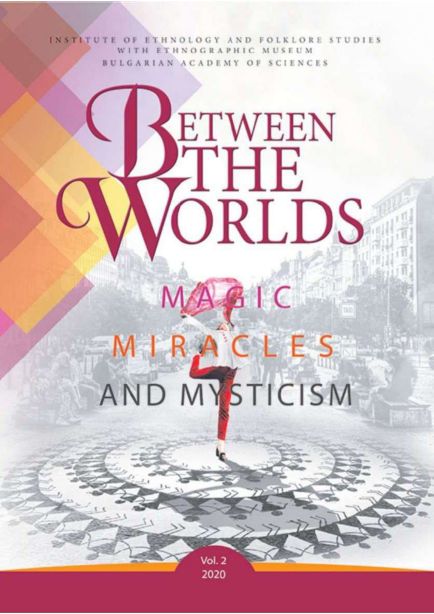
The amphitheatre of Beit Guvrin, Israel, was built in the 2nd century AD and held gladiatorial games and wild beast hunts for c. 150 years. The excavations of this spectacle building unearthed a cultic room (sacellum) and hundreds of cultic artefacts, including two votive altars, hundreds of ritualistic oil lamps and four curse tablets that attest to the use of magic and rituals in the context of gladiatorial games. These artefacts were likely used prior to the spectacles in order to gain divine assistance and enhance the winning chances of the gladiators and venatores who participated in the bloody spectacles that took place at the arena. The sacellum and the cultic artefacts found in the amphitheatre were only briefly mentioned in the published preliminary report on the amphitheatre, but no attempt has been made until now to investigate the cultic and magical rituals that took place in this spectacle building. This article, which is based on the original excavation diaries, thus provides a unique perspective on the importance of magic and ritual within the gladiatorial games at the amphitheatre of Beit Guvrin, offering an insight into the cultic beliefs and practices of the gladiators and functionaries who occupied this spectacle building. The amphitheatre of Beit Guvrin, Israel, was built in the 2nd century AD and held gladiatorial games and wild beast hunts for c. 150 years. The excavations of this spectacle building unearthed a cultic room (sacellum) and hundreds of cultic artefacts, including two votive altars, hundreds of ritualistic oil lamps and four curse tablets that attest to the use of magic and ritu als in the context of gladiatorial games. These artefacts were likely used prior to the spectacles in order to gain divine assistance and enhance the winning chances of the gladiators and venatores who participated in the bloody spectacles that took place at the arena. The sacellum and the cultic artefacts found in the amphitheatre were only briefly mentioned in the published preliminary report on the amphitheatre, but no attempt has been made until now to investigate the cultic and magical ritu als that took place in this spectacle building. This article, which is based on the original excavation diaries, thus provides a unique perspective on the importance of magic and ritual within the gladiatorial games at the amphitheatre of Beit Guvrin, offering an insight into the cultic beliefs and practices of the gladiators and functionaries who occupied this spectacle building.
More...